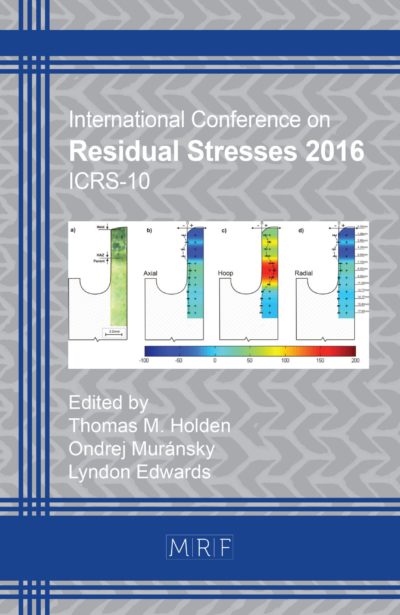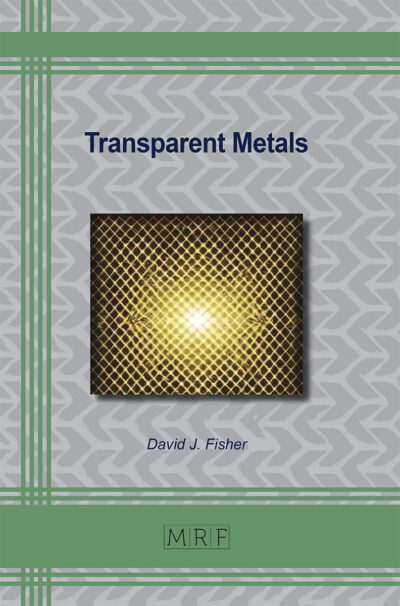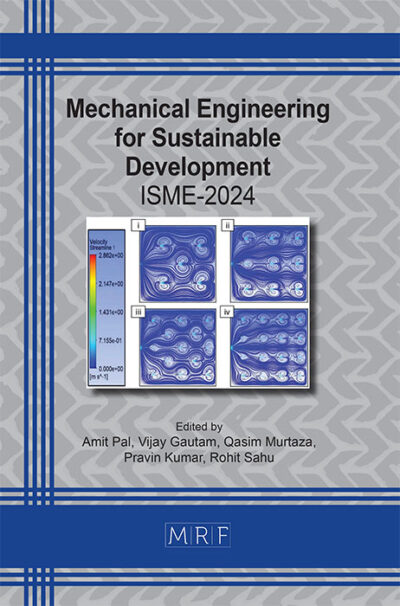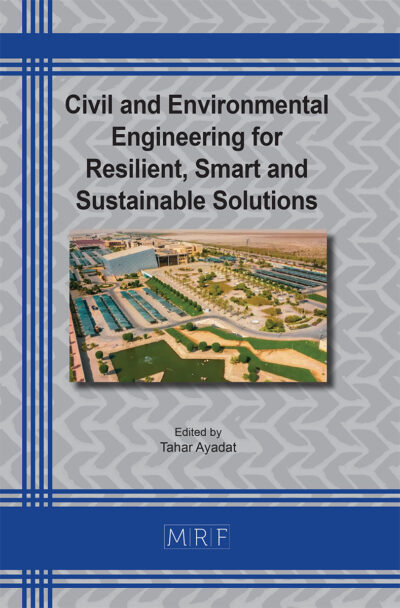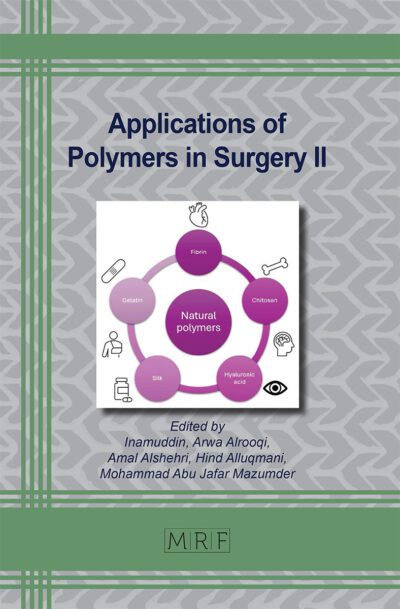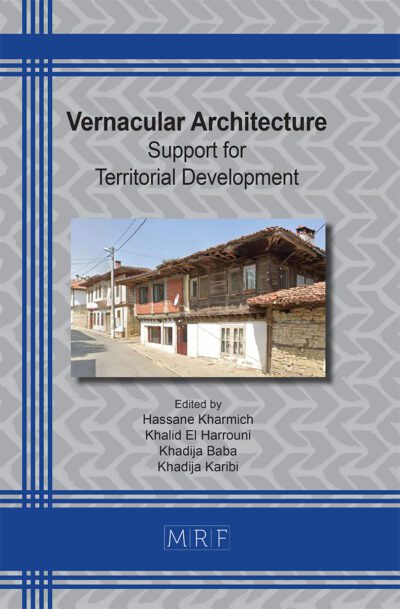Site amplification using 1D seismic site response analysis in Islamabad: An application of building code of Pakistan 2021
Muhammad Aaqib, Ali Hamaiz Khan, Muhammad Aaliyan Ashraf, Jahanzeb Gul Abbasi, Zia Ur Rehman
Abstract. This study investigates the site amplification factors in Islamabad, Pakistan, as per seismic regulations of a newly enacted Building Code of Pakistan (BCP, 2021). Using a series of 1D non-linear site response analyses, the study evaluates these factors for the Islamabad region. Nineteen representative profiles were selected from a dataset of 125 site profiles, classified according to the Code. The representative profiles were subjected to a combination of thirteen ground motions that are compatible with site class B of the BCP, 2021, and 1D nonlinear seismic site response analyses were performed. Calculated response spectra and amplification factors are compared with design estimates provided by the code spectra. The study finds that while the Code-based design spectrum aligns with the current study’s findings for periods greater than 0.5 seconds, it underpredicts the response for shorter periods for both SC and SD site classes. These findings highlight the need for a more refined approach in the seismic provisions for Islamabad to ensure accurate seismic hazard assessments and improved earthquake safety.
Keywords
BCP 2021, One-Dimensional Nonlinear Site Response Analysis, Site Factors, Design Spectrum
Published online 2/25/2025, 8 pages
Copyright © 2025 by the author(s)
Published under license by Materials Research Forum LLC., Millersville PA, USA
Citation: Muhammad Aaqib, Ali Hamaiz Khan, Muhammad Aaliyan Ashraf, Jahanzeb Gul Abbasi, Zia Ur Rehman, Site amplification using 1D seismic site response analysis in Islamabad: An application of building code of Pakistan 2021, Materials Research Proceedings, Vol. 48, pp 69-76, 2025
DOI: https://doi.org/10.21741/9781644903414-8
The article was published as article 8 of the book Civil and Environmental Engineering for Resilient, Smart and Sustainable Solutions
![]() Content from this work may be used under the terms of the Creative Commons Attribution 3.0 license. Any further distribution of this work must maintain attribution to the author(s) and the title of the work, journal citation and DOI.
Content from this work may be used under the terms of the Creative Commons Attribution 3.0 license. Any further distribution of this work must maintain attribution to the author(s) and the title of the work, journal citation and DOI.
References
[1] BCP, Building Code Of Pakistan 2021. Ministry Of Science And Technology, Government Of Pakistan, 2021.
[2] ASCE. Minimum design loads for buildings and other structures, ASCE/SEI 7-05. 7-16. American Society of Civil Engineers.
[3] Mahmood, I., et al., Revisiting major earthquakes in Pakistan. Geology today, 2015. 31(1): p. 33-38. https://doi.org/10.1111/gto.12085
[4] Aaqib, M., et al., Importance of implied strength correction for 1D site response at shallow sites at a moderate to low seismicity region, in Geotechnical Earthquake Engineering and Soil Dynamics V: Seismic Hazard Analysis, Earthquake Ground Motions, and Regional-Scale Assessment. 2018, American Society of Civil Engineers Reston, VA. p. 445-453. https://doi.org/10.1061/9780784481462.043
[5] Aaqib, M., et al., Development of site classification system and seismic site coefficients for Korea. Journal of Earthquake Engineering, 2022. 26(16): p. 8257-8279. https://doi.org/10.1080/13632469.2021.1990164
[6] Aaqib, M., et al. Simulation-based site amplification model for shallow bedrock sites in Korea. Earthquake spectra, 2021. Advance online publication, DOI: 10.1177/8755293020981984. https://doi.org/10.1177/8755293020981984
[7] Mahmood, K., K. Farooq, and S.A. Memon, One dimensional equivalent linear ground response analysis-a case study of collapsed Margalla Tower in Islamabad during 2005 Muzaffarabad Earthquake. Journal of Applied Geophysics, 2016. 130: p. 110-117. https://doi.org/10.1016/j.jappgeo.2016.04.015
[8] BCP, Building Code of Pakistan 2007. Ministry of Housing & Works, Government of Pakistan, 2007.
[9] Sadiq, S., et al., Evaluation of Site Amplification Factors for Shallow Rock Sites of Islamabad, Pakistan. Kuwait Journal of Science, 2021. 48(2). https://doi.org/10.48129/kjs.v48i2.7772
[10] Mahmood, K., et al., Equivalent Linear and Nonlinear Site-Specific Ground Response Analysis of Pashto Cultural Museum Peshawar, Pakistan. Iranian Journal of Science Technology, Transactions of Civil Engineering 2020: p. 1-13. https://doi.org/10.1007/s40996-020-00346-4
[11] Sana, H., S.K. Nath, and K.S. Gujral, Site response analysis of the Kashmir valley during the 8 October 2005 Kashmir earthquake (M w 7.6) using a geotechnical dataset. Bulletin of Engineering Geology and the Environment, 2019. 78: p. 2551-2563. https://doi.org/10.1007/s10064-018-1254-1
[12] Khan, S. and M. Waseem, Earthquake seismic site response analysis by comparison between equivalent linear and nonlinear methods, a case study at Kohat and Muzaffarabad. Journal of Himalayan Earth Sciences, 2019. 52(2): p. 46.
[13] Adeel, M.B., et al., Estimation of V S30 using shallow depth time-averaged shear wave velocity of Rawalpindi-Islamabad, Pakistan. Geomatics, Natural Hazards and Risk, 2023. 14(1): p. 1-21. https://doi.org/10.1080/19475705.2022.2161953
[14] Hashash, Y., et al., DEEPSOIL 7.0, user manual. University of Illinois at Urbana-Champaign, 2017.
[15] Matasović, N. and M. Vucetic, Cyclic characterization of liquefiable sands. Journal of Geotechnical Engineering, 1993. 119(11): p. 1805-1822. https://doi.org/10.1061/(ASCE)0733-9410(1993)119:11(1805)
[16] Darendeli, M.B., Development of a new family of normalized modulus reduction and material damping curves. 2001.
[17] Nguyen, V.-Q., et al., A site-specific response analysis: A case study in Hanoi, Vietnam. Applied Sciences, 2020. 10(11): p. 3972. https://doi.org/10.3390/app10113972
[18] Tran, N.-L., et al., Evaluation of seismic site amplification using 1D site response analyses at Ba Dinh Square Area, Vietnam. Advances in Civil Engineering, 2021. 2021: p. 1-11. https://doi.org/10.1155/2021/3919281
[19] Program, N.E.H.R. and B.S.S. Council, NEHRP Recommended Provisions (National Earthquake Hazards Reduction Program) for Seismic Regulations for New Buildings and Other Structures. 2001: Building Seismic Safety Council.
[20] Dobry, R., et al., New site coefficients and site classification system used in recent building seismic code provisions. Earthquake spectra, 2000. 16(1): p. 41-67. https://doi.org/10.1193/1.1586082


